Founded on global best practices, ISE’s tools deliver results to make governments, international organizations and communities more inclusive and accountable to citizens.
Our toolbox offers analytics and mechanisms for leaders and citizens across all levels of government and society to identify their existing assets, design and implement critical reforms and coalesce stakeholders around a shared transformation agenda. ISE’s tools address process and systems challenges to governance – from public finance and communication to agenda setting – and can be adapted for various contexts.
Explore our tools below.
Asset Mapping
An asset map is a comprehensive attempt to identify, categorize and value the tangible and intangible public assets—from traditional financial and fixed capital to other important categories like human, heritage and natural capital.
Rooted in its expertise in state institutions and building on existing techniques like asset-based community development, ISE has developed asset mapping as a reframed perspective in which a country’s assets and opportunities are recognized as drivers of progress. Shifting the conversation, it recognizes internal actors and resources as critical catalysts for change and the foundation of state progress.

By shifting the focus from risks, liabilities and annualized cash flows, asset mapping supports a holistic and sustainable consideration of assets in the long term, including those that have accrued in the past.

Knowing your asset base is a central strategy for effective asset management. The asset mapping process can deepen a state’s understanding of key regional systems, linkages and clusters to stimulate more imaginative approaches to existing assets.

Asset mapping—as well as the creation of asset registries and improving the coverage of the country balance sheet—documents assets securely and transparently to prevent capture.

The process of creating asset maps engages community members and other stakeholders in a local, regional or national development effort—forming the cornerstone of future development activities.


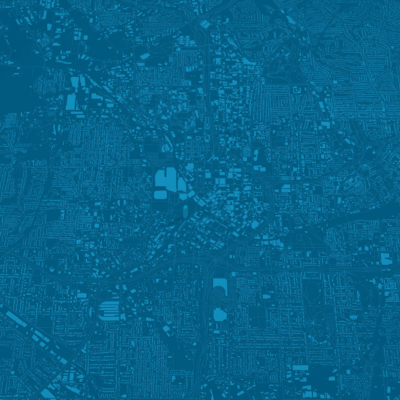
Institutional and Organizational Assessment
ISE conducts institutional and organizational assessments to diagnose institutional capacity and organizational effectiveness within government ministries and agencies—either generally or to support the implementation of specific policies, programs or reform agendas.
Strong governance and institutions are critical to taking advantage of opportunities, dealing with modern threats—from pandemics to climate change—and bolstering state effectiveness. Understanding the performance of governance systems is key to improving the effectiveness of state institutions, but existing assessments are insufficient. In response to the need for developing a more effective system to assess the capabilities of public institutions and organizations, ISE has developed an Institutional & Organizational Assessment that diagnoses institutional capacity and organizational assessment using an appreciative approach and can tie into partner reform priorities.

ISE’s I&O assessment evaluates the capacity and assets of public sector organizations, networks and systems, generally or in relation to a specific reform agenda.
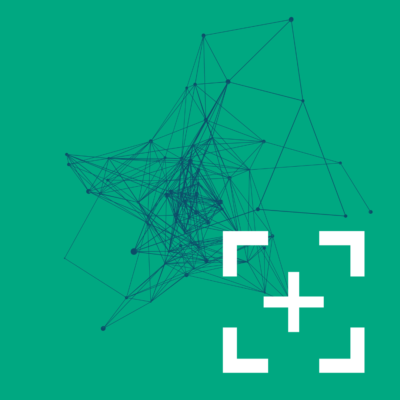
In addition to uncovering assets and capacity, the I&O assessment diagnoses the root causes (rather than the symptoms) of governance effectiveness and bottlenecks to existing organizational structures, processes and systems.

Because its findings are often tied to specific reform agendas within targeted organizations or networks, the I&O assessment can provide recommendations for improving institutional and organizational systems, based on its findings and appreciative discussions with stakeholders.


National Accountability Diagnostic
Similar to the Public Expenditure and Financial Accountability (PEFA) Plus framework, ISE’s National Accountability Diagnostic presents a thorough view of the performance, capabilities and bottlenecks within existing accountability systems. It recognizes the centrality of accountability to other functions of government and takes a systems-level view of diagnostic findings to present areas for public financial management (PFM) and accountability reform.
Accountability—which is about ensuring that those with public authority are responsible to people for their decisions made and resources used—is central to state effectiveness. Strong accountability systems are built around public financial management, and improving a country’s budget cycle is a key mechanism to strengthening efficient, effective and accountable government. ISE has developed a National Accountability Diagnostic (NAD) as a tested tool that produces a comparable review of accountability systems across countries, promoting PFM, anti-corruption and accountability reform.

The NAD views the multiple building blocks of accountability systems both independently and together, illustrating the effects of each element’s performance on overall state effectiveness as well as the combined effects of the system.
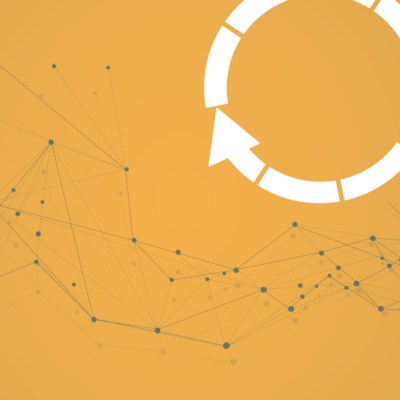
While prominent international diagnostics consider PFM as a technical area, the NAD demonstrates the interlinkages between accountability and other functions of the state, allowing a broad set of stakeholders to understand and use diagnostic findings—not just officials within budget offices.

With a systems-level view of accountability, the NAD identifies and recommends specific and feasible reforms, working with counterparts to develop holistic plans to build accountability systems.
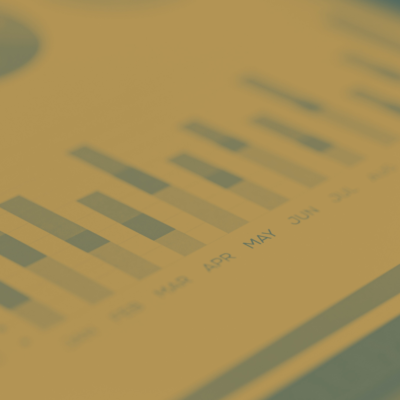

Communications Assessment
ISE’s communications assessment diagnoses the processes, capabilities and performance of a state’s communication systems, including its mechanisms for internal communication within government as well as mechanisms for external communication between government, citizens and the private sector.
Communication is a critical tool for an effective state and is central to building change coalitions inside and outside government, ensuring equitable and efficient service delivery and fostering systems of accountability and transparency. In response to the central need to improve communications performance, the Institute for State Effectiveness (ISE) has developed a communications assessment that diagnoses public communication systems with a systems-level view of other state functions (instead of a siloed view of media freedoms and transparency). With this systems-level approach, ISE views communications as a tool of policymaking, civil service effectiveness, accountability and citizen relations.

Communication systems are essential to state effectiveness. The communication assessment offers a diagnosis of systems that cut across state functions as well as communication modules that can be included within other ISE assessments (e.g., the National Accountability Diagnostic).

Most government leaders indicate that communications within government and with citizens are among their most difficult challenges. Leaders need proper diagnosis of communication systems to produce more effective open government platforms, communicate leaders’ visions and implementation of those plans, promote trust in government operations, particularly during times of disasters and humanitarian crises, and design mechanisms that make governments more effective.


Donor Plan Review & Gaps Analysis

ISE’s Donor Plan Review & Gaps Analysis (DPRGA) is the assessment of a host government’s plan against its partners’ plan to determine overall alignment in development priorities and execution. Conducting a donor plan review exposes aid fragmentation, duplication and gaps and enables better coordination between governments and the development community.
Many governments—especially in fragile contexts—require support from development partners, but these partners often focus inadequately on the governance frameworks, needs and priorities of government recipients. However, there are known solutions to this common problem. Leveraging its significant experience working with governments to navigate aid partnerships, ISE has developed the DPRGRA as a tool to help partners navigate development relationships, improve the impact of partners and increase the value for money of assistance.

As its name would imply, the key goal of the DPRGA is to review donor and government plans and assess alignment—or, often, gaps—between stated and operationalized priorities, which is essential for more effective delivery of assistance, government functions and citizen outcomes.

Misalignment, fragmentation and duplication of aid projects are common problems among international partners. The DPRGA thoroughly assesses these problems and provides specific recommendations for governments and their partners on how to reduce fragmentation and duplication.

By examining existing coordination mechanisms, the DPRGA focuses on how governments and their partners can set up accountability frameworks, harness opportunities for external oversight and mitigate damaging power dynamics and incentive structures to strengthen the delivery of assistance.


Reform Sequencing Tracker
ISE’s Reform Sequencing Tracker is an ambitious endeavor to codify the sequence and performance of government reforms during periods of transition. To date, nearly 30,000 reform actions have been coded for over 50 countries.
The Reform Sequencing Tracker is a tangible tool for users to analyze to track reforms over time. The Reform Tracker codifies country strategies into databases and presents reforms in visual and usable dashboard formats to allow leaders to view how their visions have been manifested and progressed over time. This provides states with a concrete managerial tool to track the realization of their visions, guide public servants and provide accountability to citizens.
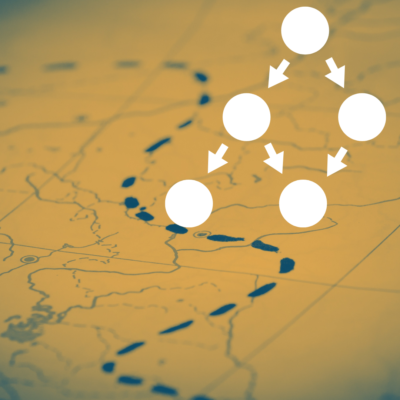
The Tracker aims to understand how governments sequence and prioritize reforms during periods of transition, including but not limited to the use of reform plans, strategic planning, resource distribution, incentive structures, communication and visioning exercises.

The Tracker supports the development of operational tools that allow for the improved management, success and transparency of government reforms, projects, strategies and cabinet decisions by tracking the delivery of government reforms.

The Tracker attempt to improve existing reform tracking initiatives by incorporating digital tools and reducing the burden on civil servants to maintain and update information.



Critical Stakeholder Inquiry
A Critical Stakeholder Inquiry (CSI) is a process that facilitates dialogue between government leaders, citizens and market stakeholders on what they see as challenges and solutions at local, regional and national levels to achieve consensus across diverse groups on future strategy and what needs to be done.
Effective strategic design, reform prioritization, consensus-building and citizen inclusion are priorities for governments, but also often critical challenges. Traditional mechanisms for the design of reforms are often driven by external experts, only include a small group of relevant stakeholders and do not align effectively with the goals and aspirations of local citizens and policymakers. ISE has developed CSI processes to identify and engage a wide range of local stakeholders—including citizens and market representatives—to break through common divides, improve the prioritization of plans and reach a consensus on common goals. By appreciatively engaging stakeholders and focusing on “the best of what could be” in multistakeholder forums, participants and facilitators are empowered to both elaborate new visions and build capabilities for collaborative, citizen-focused governance.

CSIs help forge consensus between public, private and citizen stakeholders about the challenges facing a jurisdiction, its assets, a new vision for the future and a strategy to meet that vision.

CSIs are participatory processes that ISE facilitates to empower leaders and citizens to identify issues of top concern and discuss challenges and solutions at local, regional and national levels. Participants also discuss what contributions they could make to help realize the overarching vision.

ISE’s analysis of successful transformations demonstrates the importance of not only setting strategy but building the institutional capacity necessary for execution. CSIs help jurisdictions develop the structures and capabilities to manage multistakeholder governance processes and implement more inclusive policies and programming.


Data Asset Mapping
ISE works closely with governments to develop data ecosystems that are informative, comprehensive and responsive to evolving needs. By mapping existing data assets and supplementing the information with free open-source datasets, governments can build robust and cost-effective data ecosystems, providing them with the information needed to make critical decisions and deliver to citizens.
In increasingly complex governing environments, the need for data-driven decision-making has grown— but governments still struggle with limited data coordination and analysis. In response, ISE has adopted a Data Asset Mapping approach that recognizes the central importance of data assets and the profound potential they have for government efficiency and accountability.
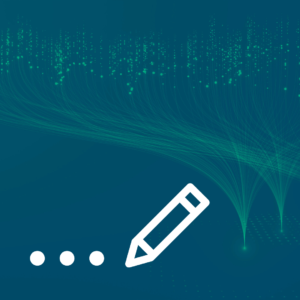
Data asset mapping provides partners with a full picture of current datasets, information, and reports to better understand the existing data assets that can inform decision-making or inform citizens.
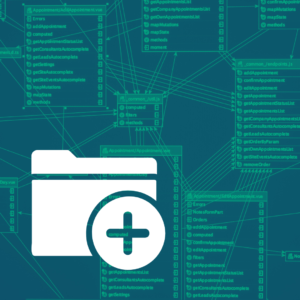
Data asset mapping provides a base to understand the needs of decision-makers, analyze gaps in current data assets and supplement existing datasets with open-source data from outside of government to aid decision-making.
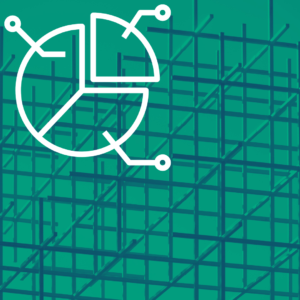
Visualizing the data ecosystem as a data asset map is important to articulate areas of existing data sharing, remaining siloes and opportunities to fill gaps or leverage currently underutilized data assets.

ISE works with partners to answer specific questions to form new policy approaches or programming using cutting-edge analysis that can feed into future decision-making.


Collaboration for Delivery Workshops
ISE’s Collaboration for Delivery workshops aim to link ambition to action by providing an opportunity for leaders to convene face-to-face, build sequenced and collaborative agendas and work toward a shared vision.
Collaboration is a central element of effective governance, helping various institutional actors at all levels of government to build teams, share visions and build systems for stronger performance and accountability. ISE conducts Collaboration for Delivery workshops because it recognizes that progress depends on effective leaders across society who share a common vision, know how to collaborate and demonstrate the skills integral to fostering inclusive institutions, all while managing tensions and divisive forces that any transformation process invariably brings to the fore.

Workshops bring together decision-makers with the purpose of building new leadership groups that can solve difficult problems with governments—both during the workshop and sustainably beyond.

Workshops provide a space for participants to create a shared narrative for future policymaking and governance agendas by taking time away from daily work to imagine visions for the future.
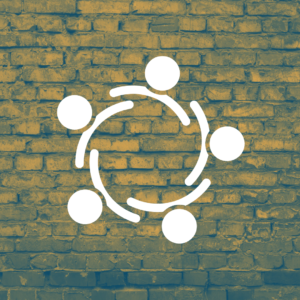
During workshops, participants identify dependencies and shared priorities across government to leverage economies of scale and reduce bottlenecks—all while learning best practices to have open lines of communication through direct dialogues and self-reflection.

Workshops provide an opportunity for leaders to gain the skills necessary to address public sector challenges while fostering the relationships and coalitions necessary to deliver on reform.

Analyzing priorities to identify commons visions and paths

Custom dashboards to support reform strategies developed at the workshop

Mapping actions, goals and issues to key stakeholders and reforms